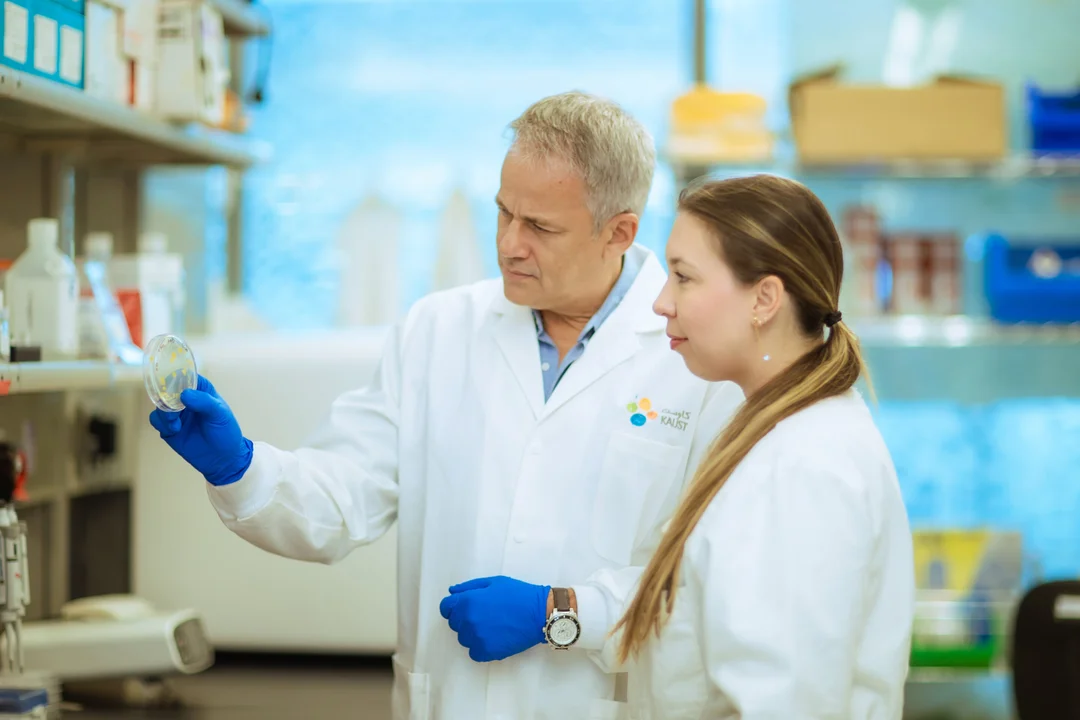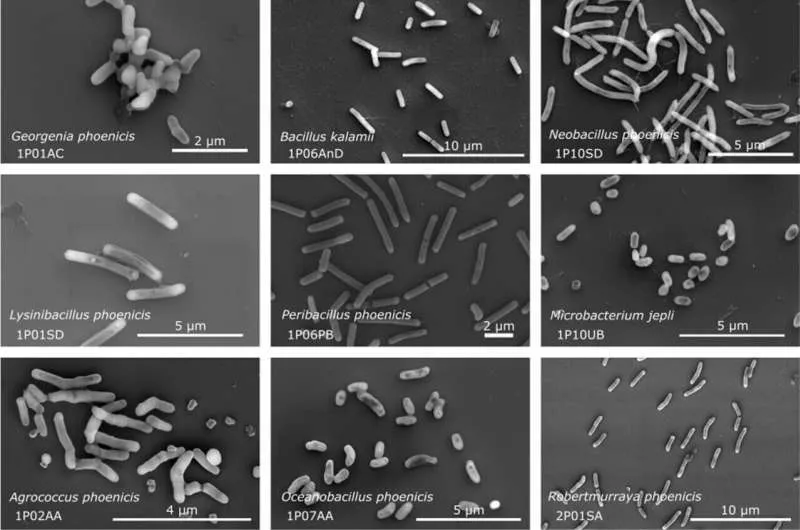
NASA’s Cleanroom Discovery: 26 New Bacteria Species Might Hold Key to Space Survival and Biotech Breakthroughs
In a groundbreaking discovery that could reshape our understanding of space exploration and biotechnology, scientists have identified 26 novel bacterial species thriving within NASA cleanrooms. These controlled environments, designed to be virtually sterile for spacecraft assembly, have revealed a surprising abundance of resilient microbes, pushing the boundaries of what we thought possible and potentially revolutionizing various fields.

The research, led by scientists at NASA's Jet Propulsion Laboratory (JPL) and institutions across India and Saudi Arabia, has been published in the journal Microbiome. It highlights the importance of rigorously controlling contamination in space missions to prevent the unintentional transfer of terrestrial microbes to other planets. But perhaps more intriguingly, it also opens doors to biotechnological innovations.
"Our study aimed to understand the risk of extremophiles being transferred in space missions and to identify which microorganisms might survive the harsh conditions of space," explained Professor Alexandre Rosado of King Abdullah University of Science and Technology (KAUST), a key contributor to the project. He emphasized the pivotal role of this research in monitoring microbial contamination risks and safeguarding against the accidental colonization of other planets.
These so-called extremophiles, microorganisms thriving in extreme environments, possess unique genetic traits that allow them to withstand conditions that would be lethal to most other life forms. Analysis of the 26 new species revealed genes conferring resistance to decontamination and radiation, enhancing DNA repair, and improving metabolism—all crucial for space survival.

The implications of this discovery extend far beyond planetary protection. Dr. Junia Schultz, a postdoctoral fellow at KAUST, noted that these stress-resistance genes could be engineered for applications in medicine, food preservation, and other industries. Imagine enhanced food preservation methods or groundbreaking medical treatments derived from the genetic secrets of these resilient organisms!
Dr. Kasthuri Venkateswaran, a retired Senior Research Scientist at NASA's JPL, highlighted the value of the KAUST and NASA collaboration: "Together, we are unraveling the mysteries of microbes that withstand the extreme conditions of space—organisms with the potential to revolutionize the life sciences, bioengineering, and interplanetary exploration."
This discovery not only deepens our understanding of the resilience of life but also prompts us to re-evaluate our approach to planetary exploration and biotechnological innovation. What other secrets are hidden within the microbial world? What possibilities await us as we continue to explore the extremes of our universe and the microscopic life forms that thrive within them?
Share your thoughts and opinions in the comments below! What future applications do you envision for these newly discovered microbes?